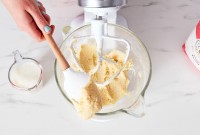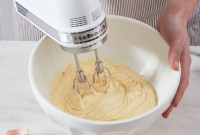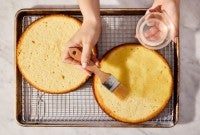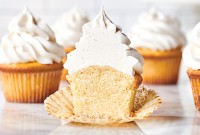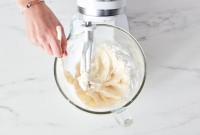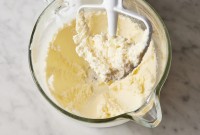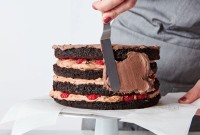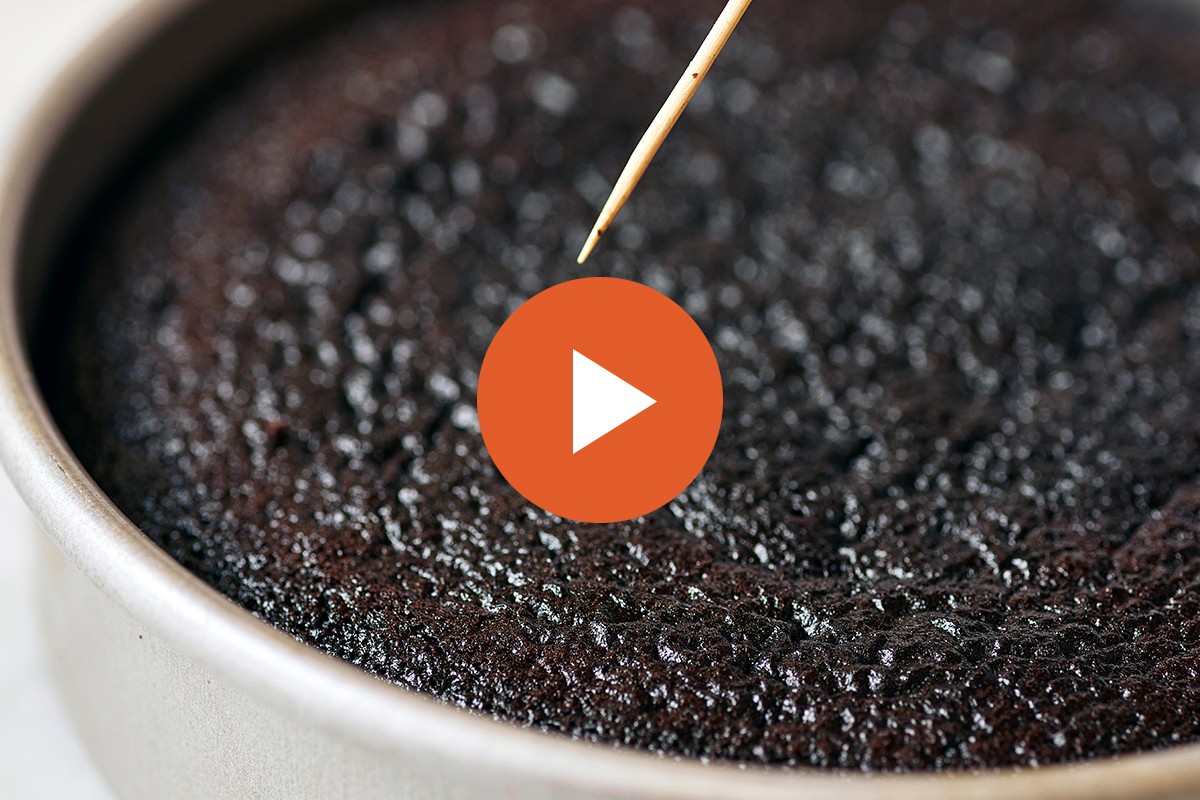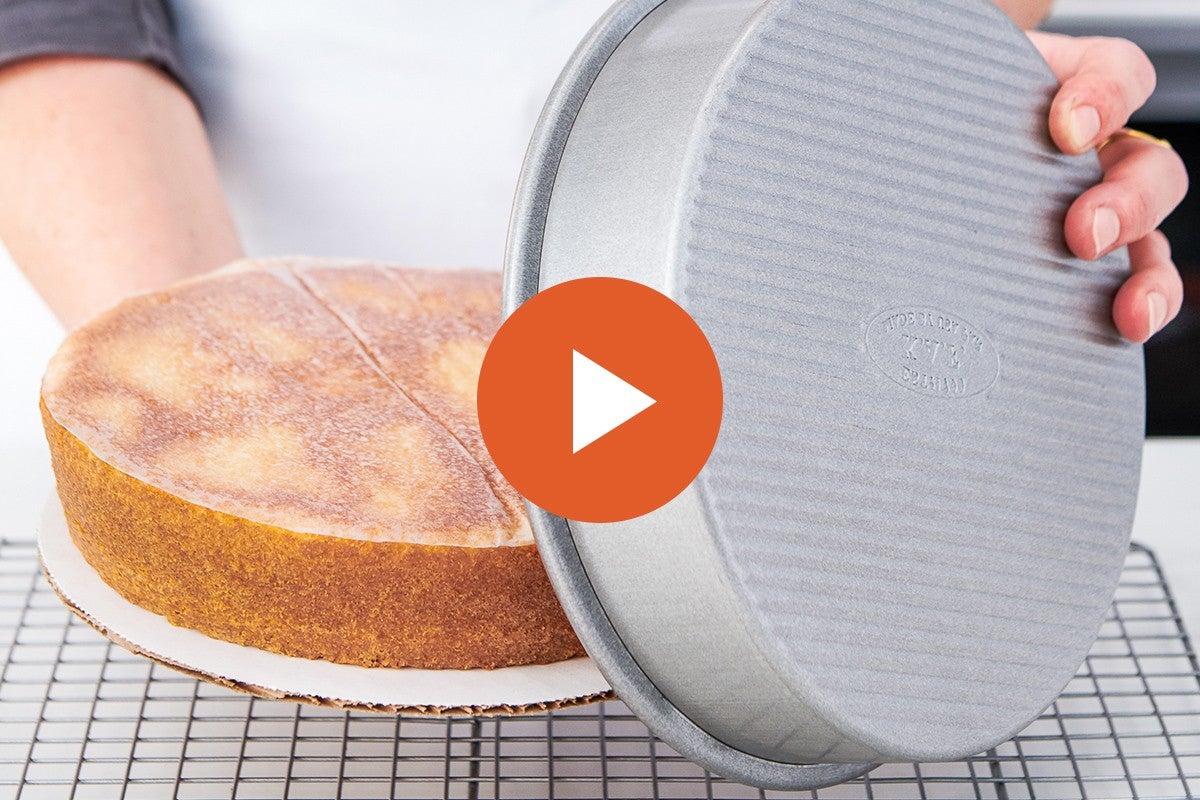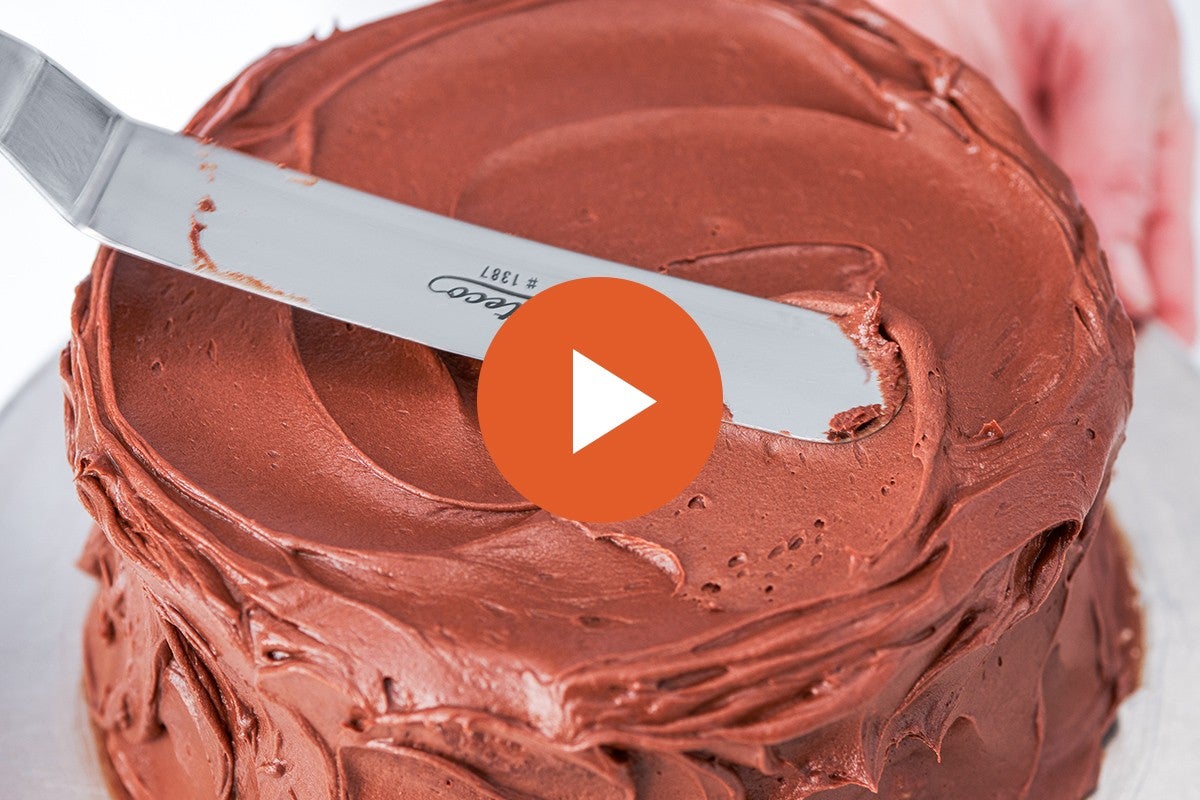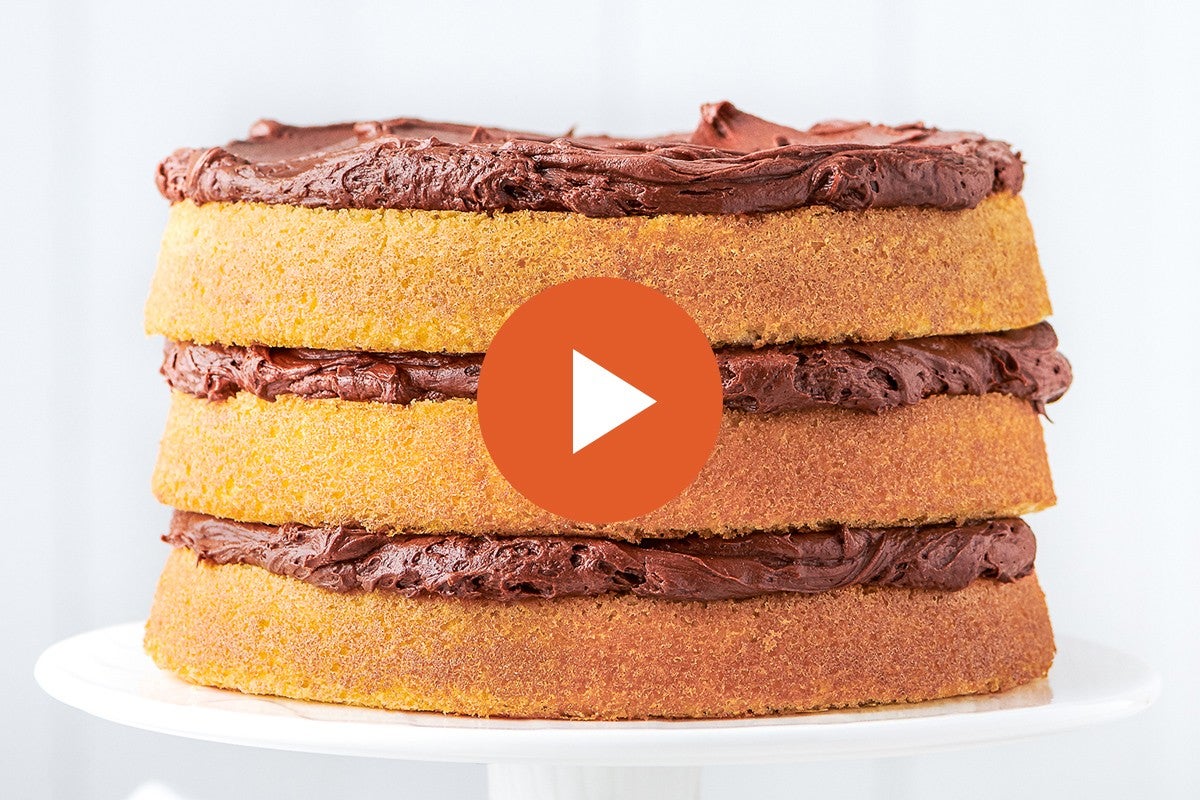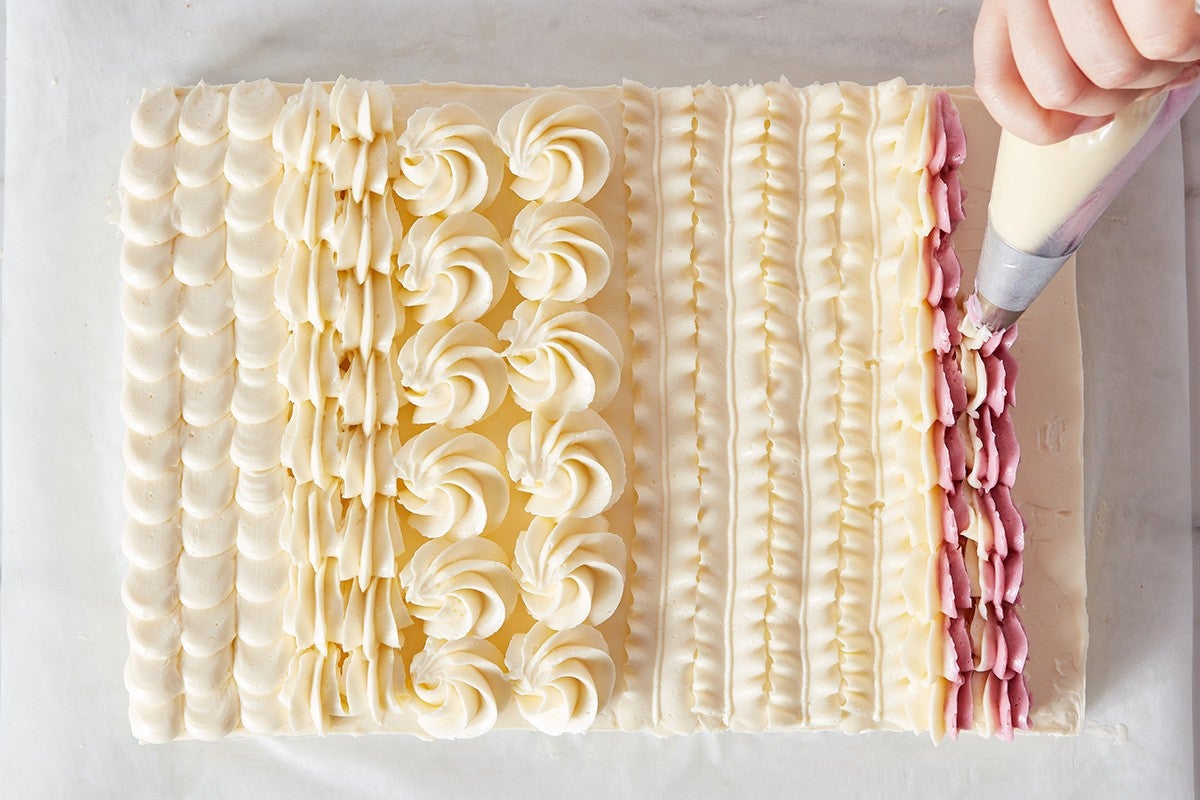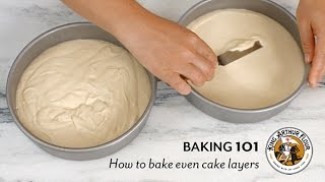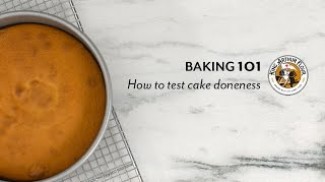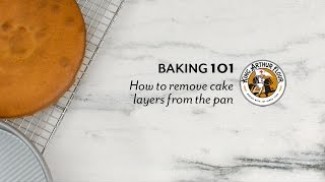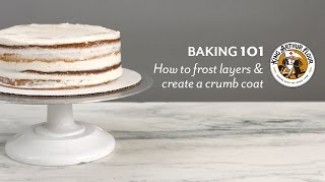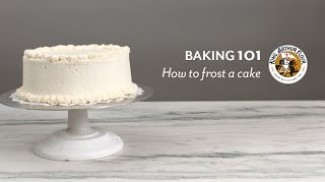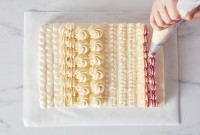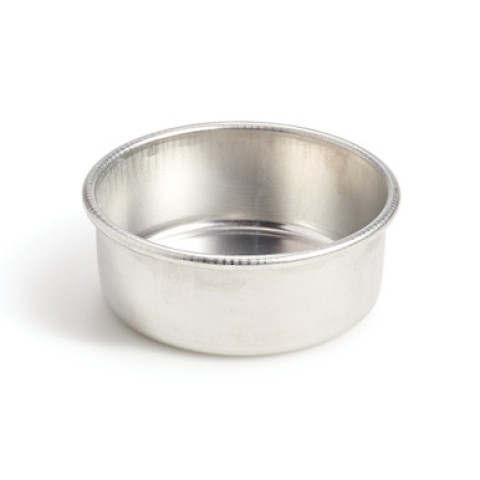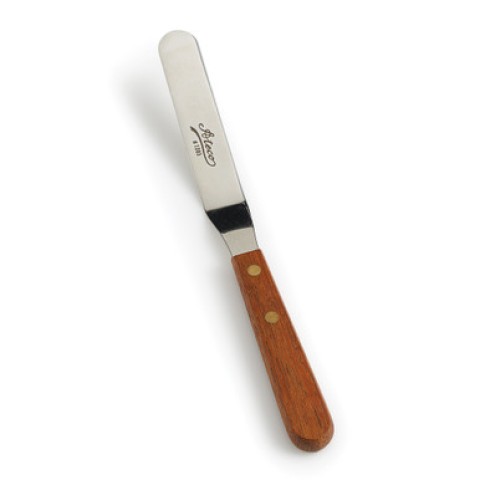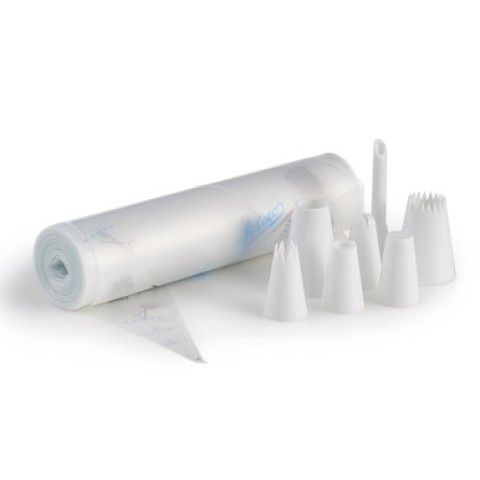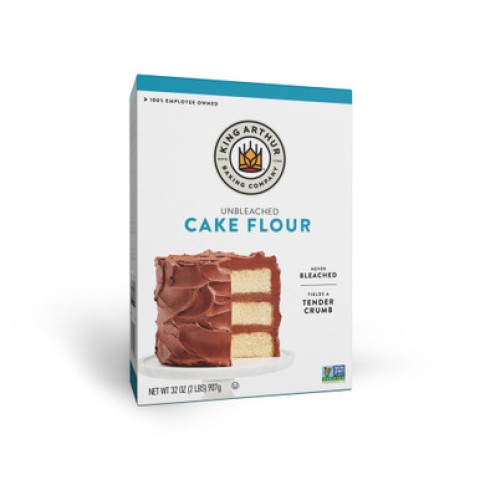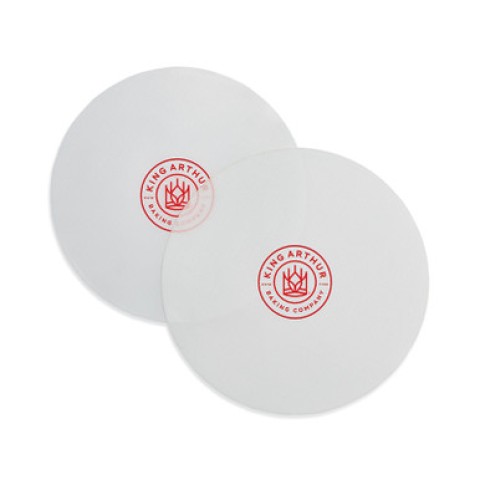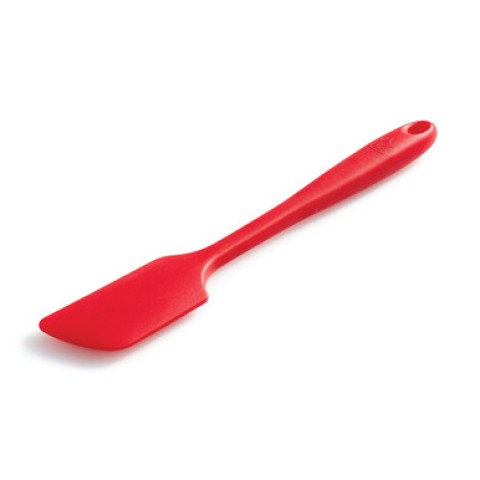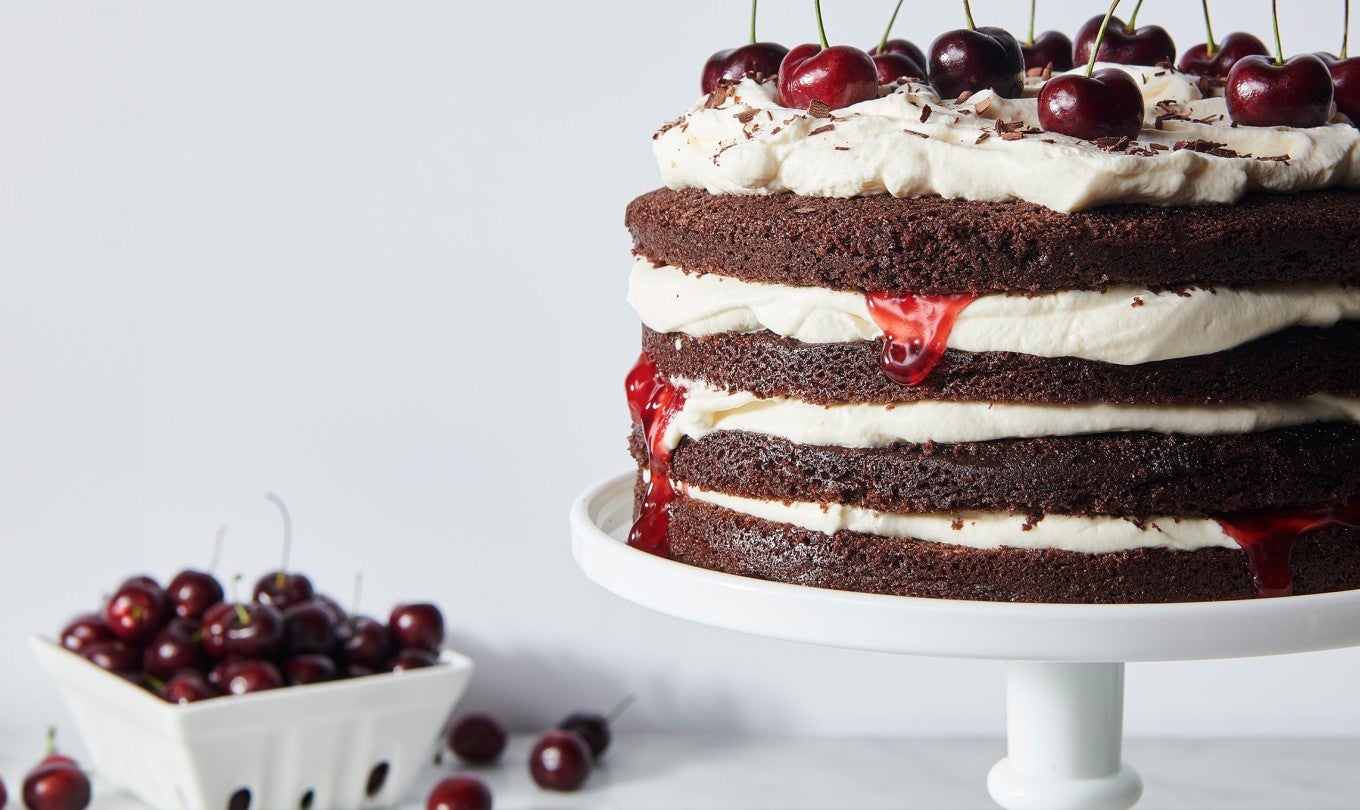
Cake
Start here
Whether you're celebrating a special occasion or just want a sweet afternoon treat, cake is always a good option. And we’re here to help you bake great cake from start to finish, from a breakdown of mixing methods to tips on decorating a celebratory layer cake.
Recipes to start with
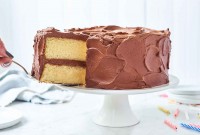
Classic Birthday Cake
This is the tender, moist yellow birthday cake you've been looking for. Made with the hot milk method, it's simple, reliable, and delicious.
Get the recipe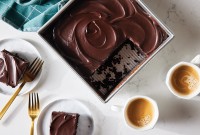
Simple and Moist Chocolate Cake
This simple stir-together recipe — no creaming butter required — takes mere minutes to mix and yields a rich, moist chocolate cake that turns out great every time.
Get the recipeHow to
Frequently asked questions
What's the best way to line cupcake pans?
We recommend cupcake papers, foil liners, and nonstick baking cups — all are successful and easy to use. Avoid tulip papers and nonstick spray used alone, if possible. They have their uses elsewhere (tulip papers are particularly great for muffins) but aren’t a first choice for cupcakes. Read more.
What's the best way to avoid your cake sticking to the pan?
Line the bottom of your pan with parchment paper, then coat the pan’s sides with nonstick pan spray. Baked on parchment, your cake will drop right out of the upended pan onto its cooling rack, and the parchment is easily peeled off the warm cake’s bottom. Read more.
What if I forgot to add salt (or eggs, or sugar!) to my cake batter?
At some point, we’ve all omitted an ingredient in a cake recipe. And the question is always the same: Can it be saved, and how? The answer: It depends on what you forgot and how far along in the baking process you remembered. But the good news is that things can often be saved! Here's how.
What does "ribbon stage" mean?
Ribbon stage is a necessary step in cake recipes that call for beating eggs and sugar together until a thick, voluminous batter is created, prior to adding the flour and any other ingredients. The ribbon stage specifically refers to the thick, pale, foam-like batter created when eggs and sugar are beaten together. To ensure the batter is properly whipped, directions will tell you it should fall in ribbons. Read more.
What's the best way to cut cake?
We recommend a tomato knife or another relatively short serrated knife; a blade that’s about 5" to 8" is easiest to handle. We prefer a serrated blade to a straight-edged chef's knife, as it makes neater slices with fewer frosting smears. It's also easier if you chill your cake before cutting, run your knife under hot water before using, and clean your knife between slices. Read more.
What's the best cake frosting for hot weather?
Italian Buttercream is always a good bet. Add some shortening to it (about half a cup) as a hot-weather insurance policy. For a less formal cake with simpler decoration, German Buttercream is a good choice. And if you need a cake that can really take the heat, Cream Cheese Frosting is the way to go. Read more.
What do I do if my Bundt cake is stuck?
Let the baked Bundt cool for about 30 minutes on your counter. Place it in a preheated 250°F oven for 3 to 5 minutes; 3 minutes if it's a drier recipe (like chiffon cake), 5 minutes if it's on the moist side (like pound cake). Take the cake out of the oven and carefully turn it over onto a cooling rack. It should release with nothing more than a little jiggling. Read more.
Do eggs used in baking really need to be at room temperature?
If the recipe says so, yes. If you add cold eggs to creamed butter and sugar while making a cake, they may stiffen the butter into small sharp chunks. This hardened butter rips apart the suspension created by beating the butter and sugar — and all of a sudden, the air bubbles needed to aerate the cake are gone. Not a good thing; your cake won’t rise as high and its texture will be coarse. Read more.
Why is my cake turning out dry?
There could be several reasons for this! You may have used too much flour, substituted butter for oil, baked in the wrong pan, or have an oven that runs hot. Read more.
Expert advice
